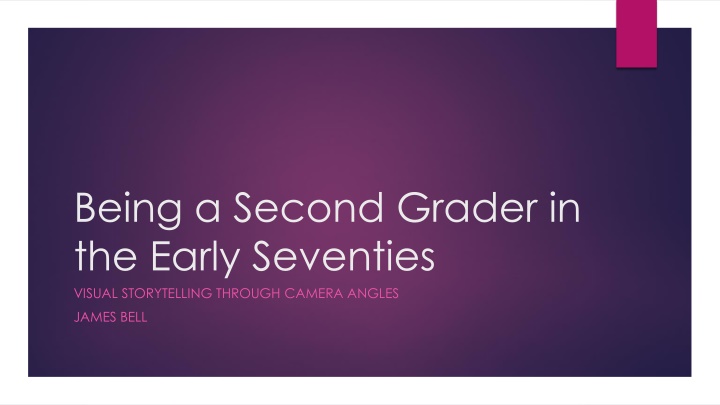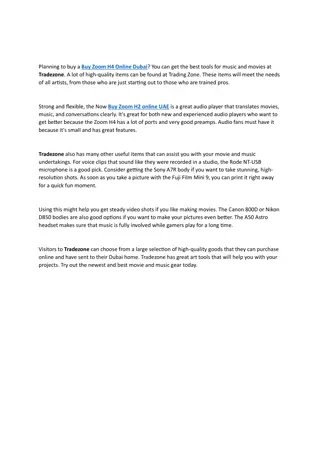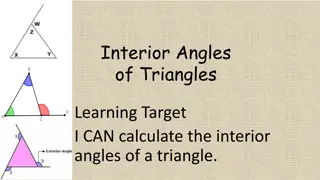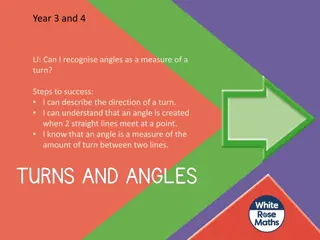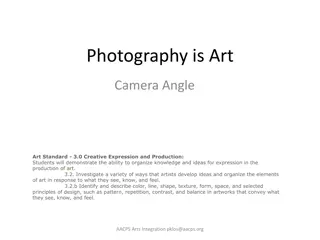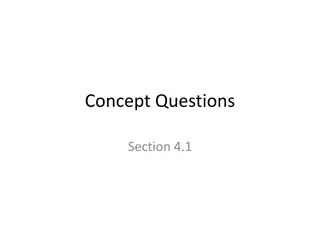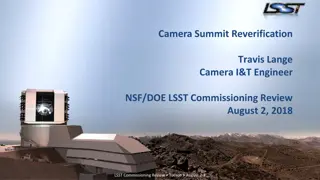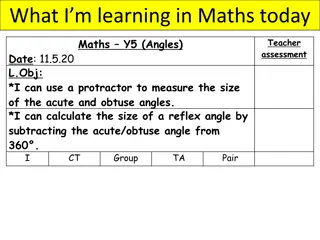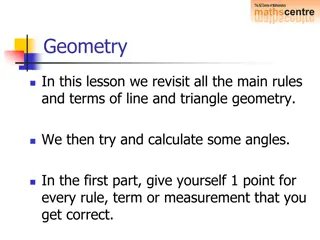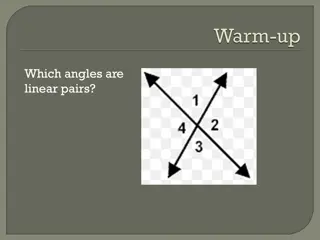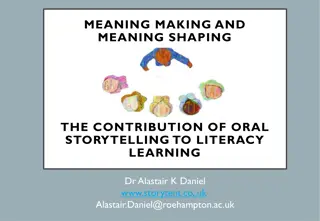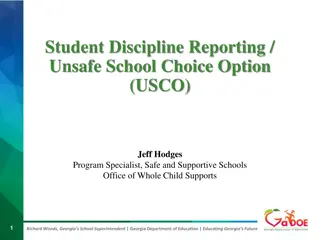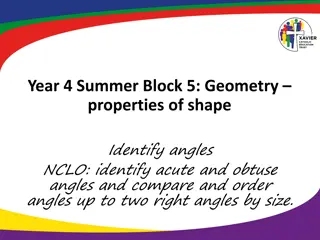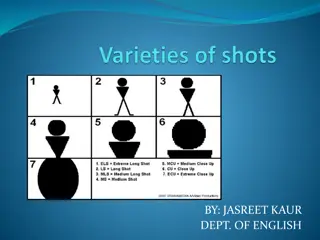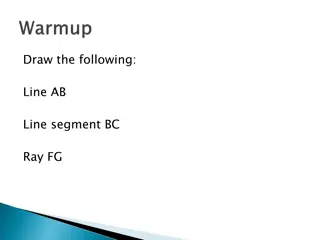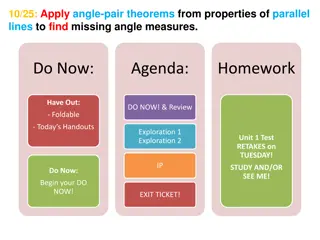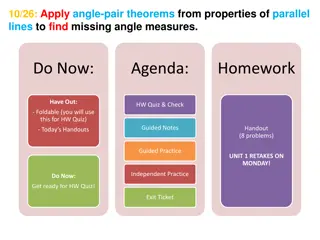Evolution of Classroom Discipline and Camera Angles in Visual Storytelling
Reflecting on the author's experience as a second grader in the early seventies to teaching in the 1990s, this visual storytelling journey explores the transformation of classroom discipline from corporal punishment to touch-free power. Alongside, it delves into the concept of camera angles, emphasizing the power dynamics portrayed through high-angle shots in film.
Download Presentation

Please find below an Image/Link to download the presentation.
The content on the website is provided AS IS for your information and personal use only. It may not be sold, licensed, or shared on other websites without obtaining consent from the author.If you encounter any issues during the download, it is possible that the publisher has removed the file from their server.
You are allowed to download the files provided on this website for personal or commercial use, subject to the condition that they are used lawfully. All files are the property of their respective owners.
The content on the website is provided AS IS for your information and personal use only. It may not be sold, licensed, or shared on other websites without obtaining consent from the author.
E N D
Presentation Transcript
Being a Second Grader in the Early Seventies VISUAL STORYTELLING THROUGH CAMERA ANGLES JAMES BELL
I was a second grader in 1972. Back then, classroom discipline looked significantly different than it does today. To this day I can recount the details of my biggest spanking at school for each year from kindergarten to fourth grade. (That s me in the middle with my brothers and sister.)
Fast Forwardto 1986 By the time I was preparing to student teach in 1986, classroom management classes had shifted away (somewhat) from corporal punishment, though I do still remember being taught the value of a firm hand on the misbehaving student s shoulder. That move is now as obsolete as Mrs. McElvey s 1974 ear grab.
Questionable Discipline and Iffy Hair I spent 1986-1999 teaching high school English while I completed my graduate degrees and never wielded a paddle or grabbed an ear, though I did put a pinch-free firm hand on one or two shoulders in the early years. As L. P. Hartley writes in The Go- Between, The past is a foreign country; they do things differently there.
Touch-Free Power By the 1990s, it was abundantly clear that the days of hands on shoulders or anywhere else were long gone. What remained, though, was the classic stand-over. Reduced to its simplest form, the stand-over involved hovering over miscreants so that there was no doubt who was in power. Its most accomplished practitioners were, ironically, often the most diminutive teachers. Whoever used it, though, the message was clear: I am big and you are small. I am powerful and you are powerless.
The Stand-Over in Film The power of the stand-over isn t lost on film directors and cinematographers. In fact, it forms a basic principle of camera angles. Consider this shot from John Hughes 1985 film The Breakfast Club. With the camera serving as the eyes of the character Principal Vernon and vicariously as the eyes of the audience, is there any doubt who is asserting power?
High-Angle Shot This is called a high-angle shot because the camera is placed above the character and looking down. In this way it mirrors the same dynamic as the stand-over and, usually used with more subtlety, human power dynamics in general. When the audience is looking from on high through the camera, we are being sent a message about our relative power in relation to the character.
Low-Angle Shot Compare the sensation of viewing a high-angle shot to the sensation of viewing a low-angle shot, or one in which the camera is (we are) looking up at a character.
Camera Angles This story would serve as a starting point for a detailed discussion of multiple camera angles, including my favorite, the Dutch angle. The camera is angled to communicate disorientation, confusion, shock, or drunkenness. But that s a story for another day.
